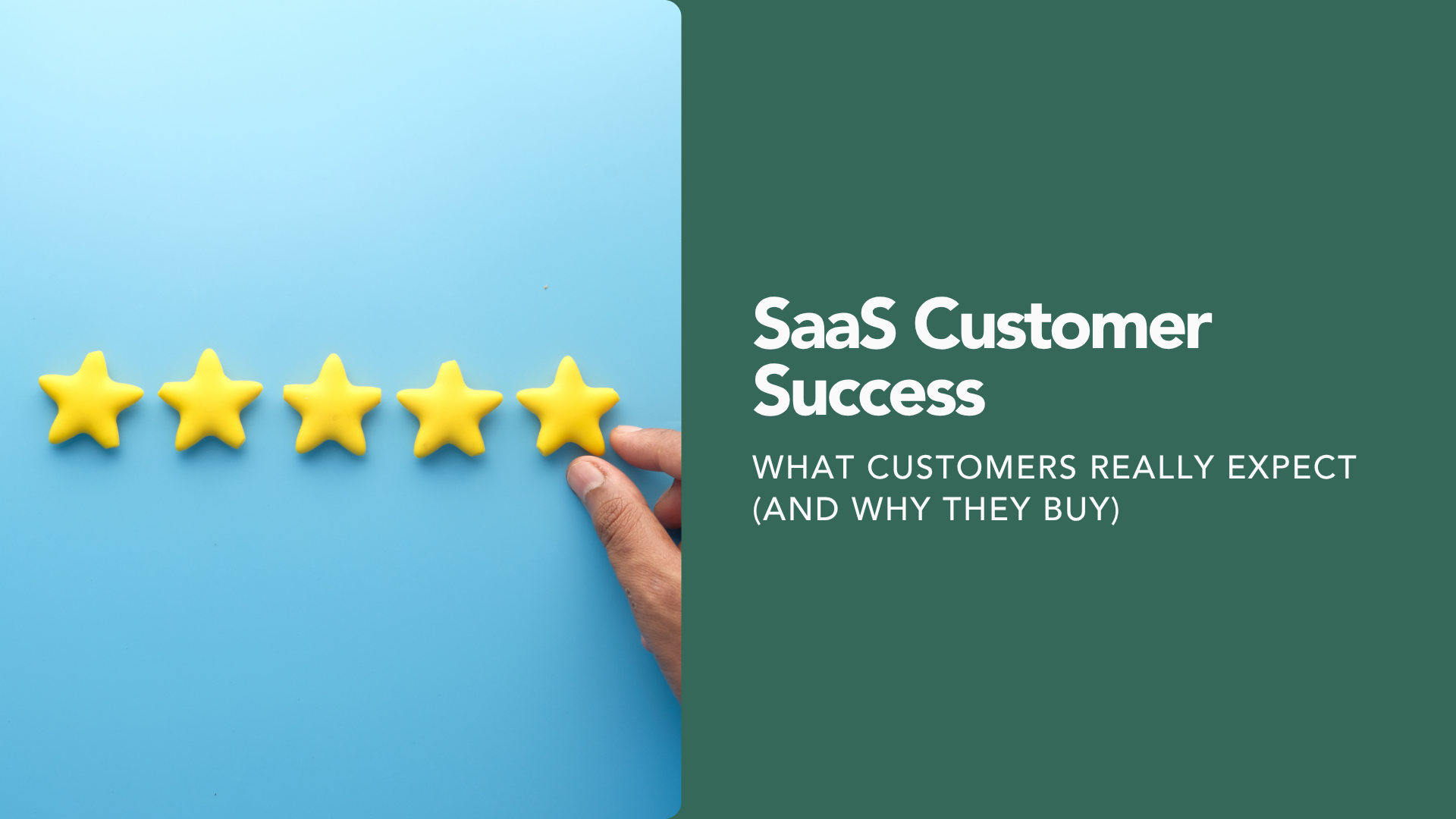The Software as a Service (SaaS) promise represents a bold proposition from vendors to their customers. It assures of highly reliable access to highly usable software, delivered through a simple web browser, and available from anywhere at any time. This promise is not merely another software delivery configuration or a set of features, but rather a distinct b2b SaaS business model requiring interlocking functions to enable its fulfillment. At its heart, this model centers around SaaS customer success.
Why Customers Choose Software as a Service
At its core, customers choose to buy SaaS primarily to minimize risk for themselves and to transfer that risk to their vendors. This fundamental desire underpins a variety of specific expectations and reasons for purchasing SaaS solutions. Achieving true SaaS customer success requires understanding and meeting these expectations.
Top reasons businesses buy SaaS solutions:
- No hardware management: Businesses offload the responsibility and cost associated with acquiring, maintaining, and upgrading physical infrastructure.
- No software management: Includes installations, updates, patches, and configurations. True SaaS never requires software downloads.
- Low upfront cost: Converts capital expenditure into a manageable monthly operating expense.
- Iterative deployment: Enables agile and continuous delivery of features and updates.
- Scalability: Easily adjust usage and cost as business needs evolve.
- Faster deployment: Minimizes time-to-value compared to on-premise systems.
- More responsive than hosted software: Empowers customers with self-service capabilities and immediate access.
- Avoid paying for unused features: Configurable features mean you pay only for what you use.
- Monthly spend preference: Predictable, subscription-based pricing.
- Protection against obsolescence: Vendors maintain modern tech stacks to shield customers from costly upgrades.
Trust and Competence: Foundations of SaaS Customer Success
To fulfill the SaaS promise and ensure SaaS customer success, vendors must earn immense trust by demonstrating ongoing competence. This means hundreds of iterative improvements, rigorous standards, and a focus on uptime, security, and user-centric product development.
Paid users expect exceptional uptime. Anything less than 100% uptime can be perceived as a breach of the SaaS promise. Service outages can disrupt all everyone you serve simultaneously, affect support teams, delay roadmaps, and increase churn. Clear communication during disruptions and a focus on reliability are critical to preserving trust and ensuring customer satisfaction.
The SaaS Bargain: A Two-Way Agreement
The “SaaS Bargain” states: vendors assume operational risk, and customers must evaluate product fit before purchase. It’s unethical for customers to demand product changes after buying. Likewise, vendors must deliver transparently and avoid overpromising. Honoring this bargain is essential for SaaS customer success.
Conclusion: Control Without the Overhead
Ultimately, the SaaS promise is about delivering control without the overhead. It fosters a mutual understanding where vendors provide reliable, user-centric services, and customers achieve efficiency and scalability. This b2b SaaS business model thrives on trust, discipline, and aligned expectations—driving long-term SaaS customer success and business growth.

